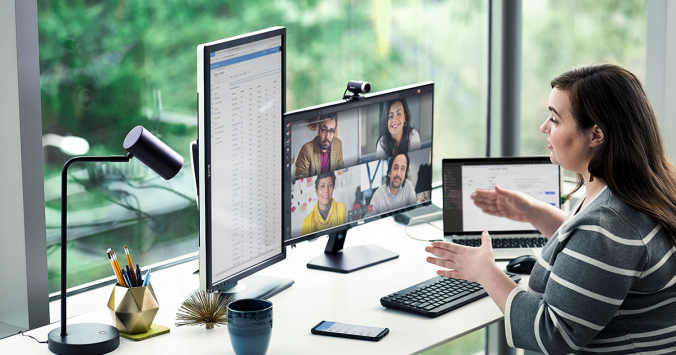Since the pandemic, companies have adopted the technologies of virtual work remarkably quickly—and employees are seeing the advantages of more flexibility in where and when they work. As leaders recognize what is possible, they are embracing a once-in-a-lifetime opportunity to reset work using a hybrid model.
To make this transition successfully, they’ll need to design hybrid work arrangements with individual human concerns in mind, not just institutional ones. That requires companies to approach the problem from four different perspectives:
- Jobs and tasks – consider how key productive drivers (energy, focus, coordination, and cooperation) will be affected by changes in working arrangements.
- Employee preferences – consider the preferences of your employees and enable others to understand and accommodate those preferences.
- Projects and workflows – consider how work gets done.
- Inclusion and fairness – pay particular attention to questions of inclusion and fairness.
Leaders also need to conceptualize new work arrangements along two axes: place and time. Since the pandemic, millions of workers around the world have made a sudden shift from working in the office to working remotely. Employees have also experienced a shift along the time axis, from working synchronously with others (i.e. 9 to 5) to working asynchronously (whenever they choose). If leaders and managers can successfully make the transition to an anywhere, anytime model, the result will be work lives that are more purposeful and productive.
Finally, ask yourself whether your new hybrid arrangements, whatever they are, accentuate your company’s values and support its culture. Carefully and thoughtfully take stock: In the changes you’ve made, have you created a foundation for the future that everybody in the company will find engaging, fair, inspiring, and meaningful?
Reference:
Harvard Business Review (2021, May-June) Lynda Gratton: How to Do Hybrid Right


Leave a Reply